Frequency range: 26.5- 28MHz SWR: ≤1.2:1 Max. power: 35W continuous 250W Short time Bandwidth at S.W.R. 2:1: 1900KHz Impedance: 50ohm Whip length: 1200mm Adjustment: 0~90° Cable Length: RG58/157" Po...
See DetailsThe Ultimate CB Antenna Buyer's Guide: Finding the Perfect Match for Your Needs
Navigating the often-overlooked world of Citizen Band (CB) radio antennas requires careful consideration. Selecting the right antenna isn't just an accessory choice; it's arguably the single most critical factor determining the effectiveness and range of your CB communication. Whether you're a long-haul trucker, an off-road enthusiast, or a communication hobbyist, understanding antenna fundamentals is essential for getting the most out of your CB radio.
Why the Antenna Matters More Than You Think
Your CB radio transmits and receives signals via electromagnetic waves. The antenna's job is to efficiently radiate your transmitted signal into the air and capture incoming signals. A poor antenna severely limits both capabilities, rendering even the most expensive radio ineffective. The antenna's efficiency, measured gain, and proper installation directly translate to clearer communication and greater range.
Key Factors Shaping Your Antenna Choice:
-
Antenna Type:
- Whip Antennas: The classic choice, often made of stainless steel. Known for durability and good performance, especially longer models (e.g., 102" steel whips). Flexibility reduces damage risk but can lead to "whipping" noise at speed.
- Fiberglass Coil Antennas: Popular for vehicles due to their shorter overall length. The coil acts as part of the antenna element. Offer a good balance of performance, manageable size, and durability. Available in various lengths.
- No Ground Plane (NGP) Antennas: Crucial for vehicles lacking a large metal body ground plane (e.g., fiberglass RVs, boats, some Jeeps with plastic bodies). These antennas incorporate their own counterpoise system.
- Base Station Antennas: Designed for fixed locations (home, office). Typically larger, offering higher gain and better overall performance, but require proper mounting and grounding.
-
Gain: Measured in decibels (dB), gain indicates how effectively the antenna focuses energy in desired directions (usually horizontally for mobile use). Higher gain antennas (like 5-6ft fiberglass or base antennas) offer longer range but have a narrower, more focused radiation pattern. Lower gain antennas (like shorter whips) have a wider pattern, often better for hilly terrain or communicating with vehicles at different angles. Match the gain to your typical usage scenario.
-
Length: Generally, longer antennas resonate better on the CB band (around 11 meters/27 MHz) and offer better performance. The ideal length is a quarter-wavelength (approximately 102 inches), but shorter "loaded" antennas (using coils) are practical compromises for mobile use.
-
Mounting Location & Vehicle Type: This is paramount.
- Center of Roof: Often provides the best overall performance and omnidirectional coverage as it utilizes the entire vehicle roof as a ground plane.
- Trunk Lid/Tailgate/Bed Rail: Common locations. Performance is good but slightly directional. Ensure a solid electrical connection to the vehicle body.
- Mirror Mount: Practical for large trucks, but performance can be inconsistent and more directional.
- Bumper Mount: Usually the least effective location due to low height and ground plane issues.
- Ground Plane: Vehicles with large metal roofs (cars, truck cabs) provide an excellent ground plane. Vehicles with minimal metal (Jeeps, fiberglass RVs, boats) absolutely require an NGP antenna.
-
Durability: Consider your environment. Stainless steel whips handle brush and branches well. Quality fiberglass coils resist weather but can crack on severe impact. Look for robust construction, quality seals, and UV-resistant materials.
The Buyer's Guide Framework:
- Define Your Primary Use: Long-distance highway communication? Off-road trail group? Local base station? This dictates needed range and gain.
- Assess Your Vehicle:
- What mounting locations are feasible and practical?
- Does it have a good metal ground plane (roof, large body panels) or do you need an NGP antenna?
- Consider height restrictions (garages, branches).
- Set a Realistic Budget: Prices vary significantly. Balance cost against performance needs and durability requirements.
- Research Specific Models: Focus on specifications (type, gain, length, NGP capability) and verified user/installer experiences regarding performance and durability on setups similar to yours. Pay close attention to mounting requirements.
- Prioritize Installation: A perfectly chosen antenna performs poorly if installed incorrectly. Ensure:
- A solid, secure mechanical mount.
- A low-resistance electrical connection between the antenna mount and the vehicle body (clean metal-to-metal contact).
- Properly routed and connected coaxial cable (avoid sharp bends, kinks, or pinching).
- Correct antenna tuning (using an SWR meter) after installation.
Choosing the right CB antenna is a technical decision with significant practical consequences. By methodically evaluating your specific communication needs, vehicle constraints, and the core antenna characteristics outlined here, you can make an informed purchase. Avoid the pitfall of focusing solely on the radio itself; investing time and consideration into selecting and installing the optimal antenna will unlock the true potential of your CB system, ensuring reliable communication when you need it most. Remember to test the antenna's Standing Wave Ratio (SWR) after installation for optimal performance and radio safety.

 English
English Español
Español
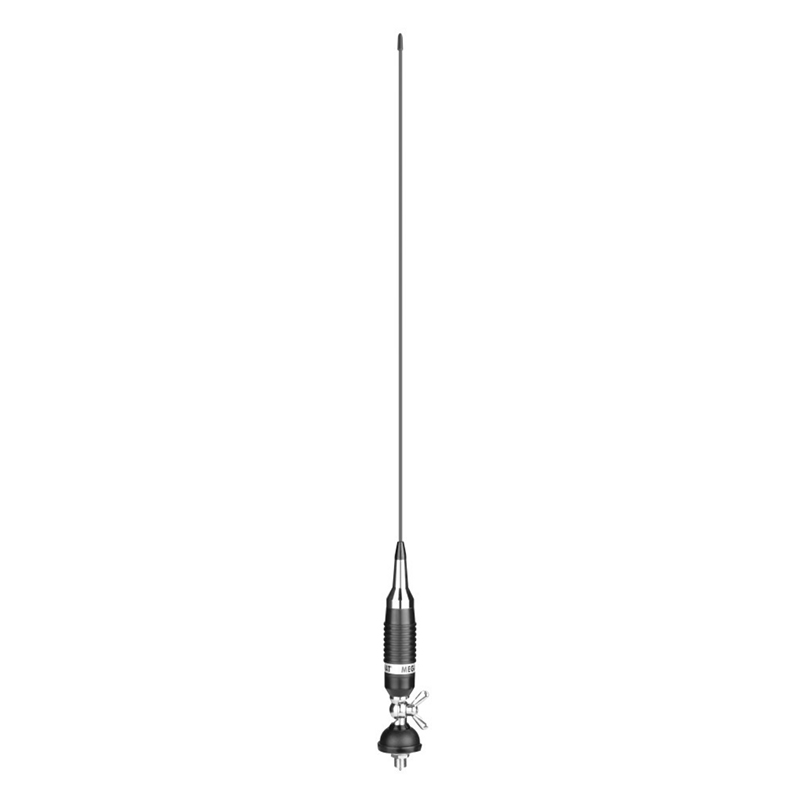
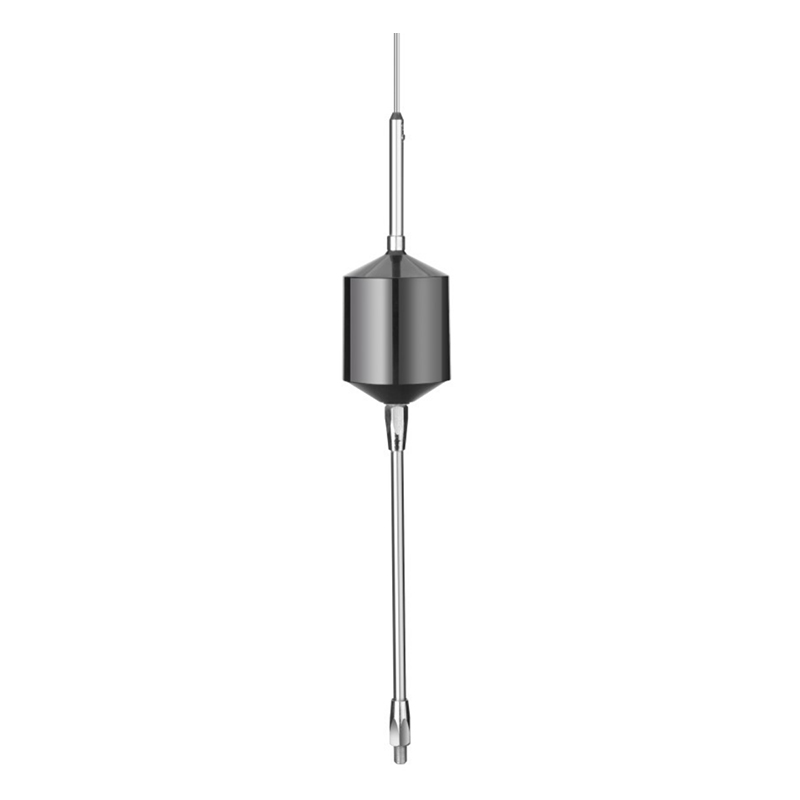
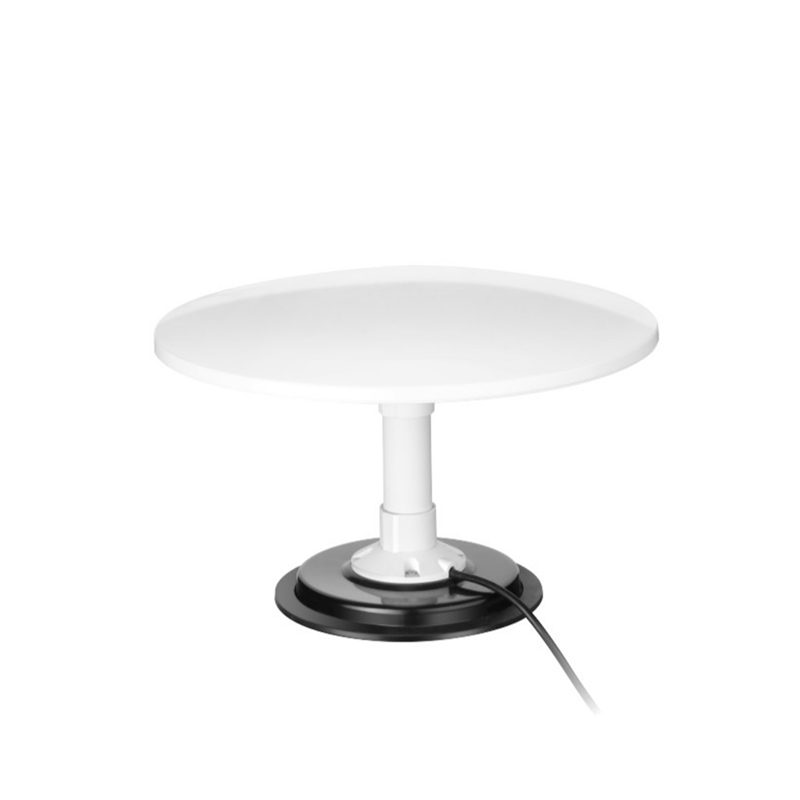
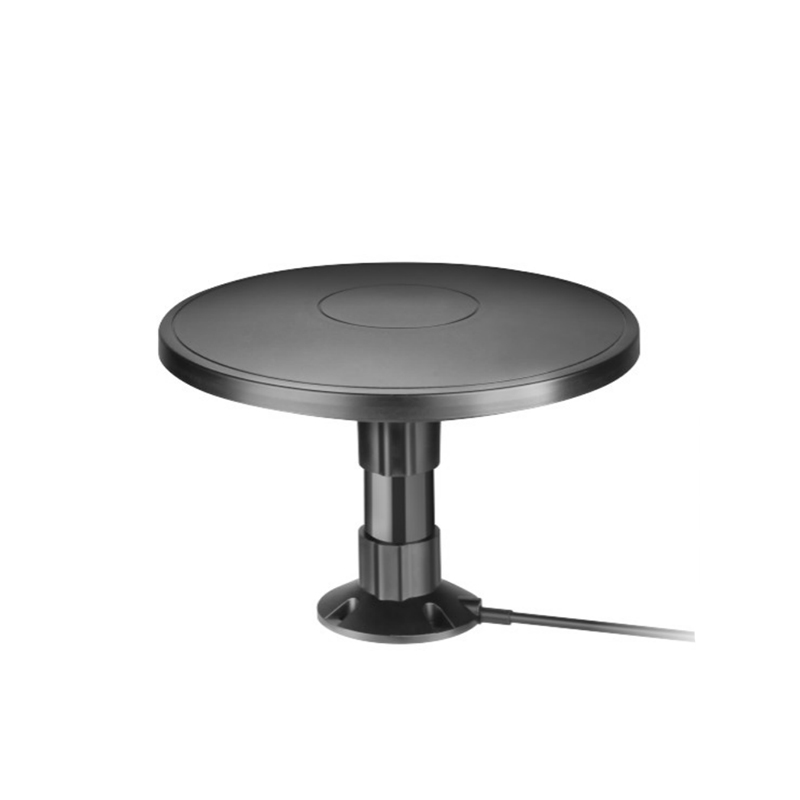
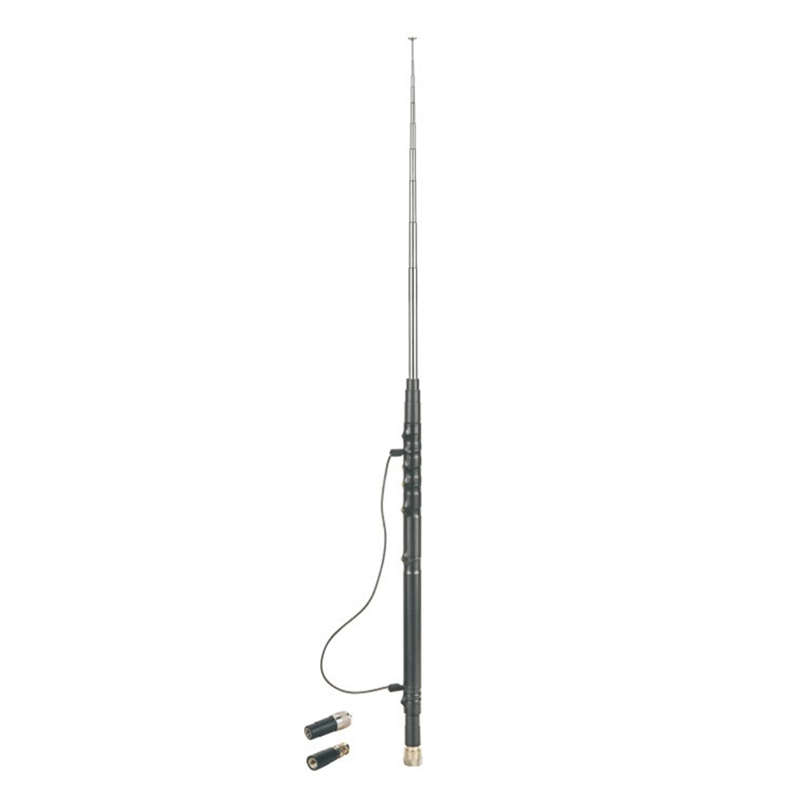
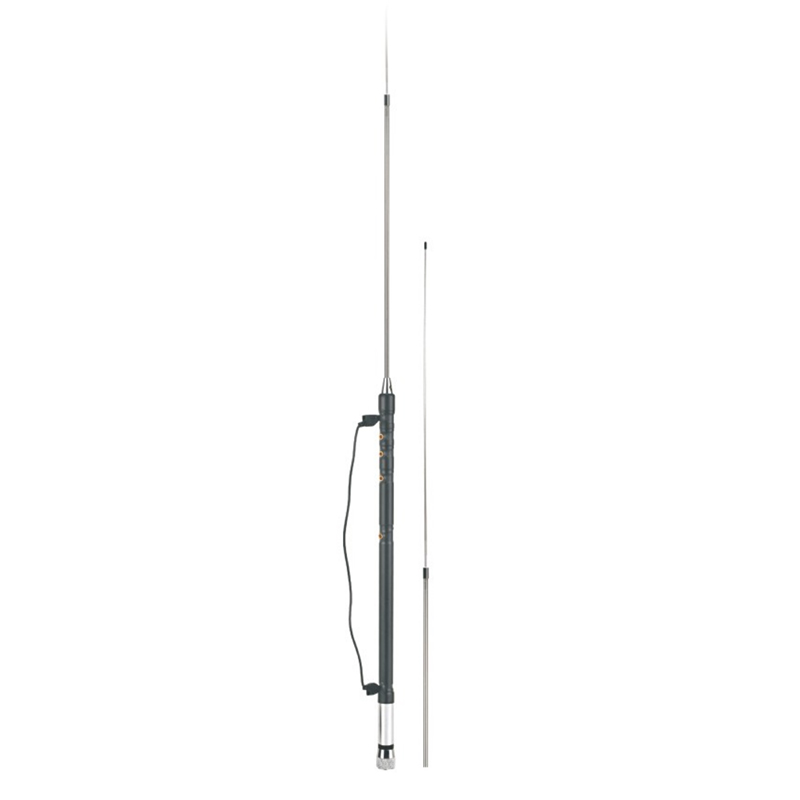
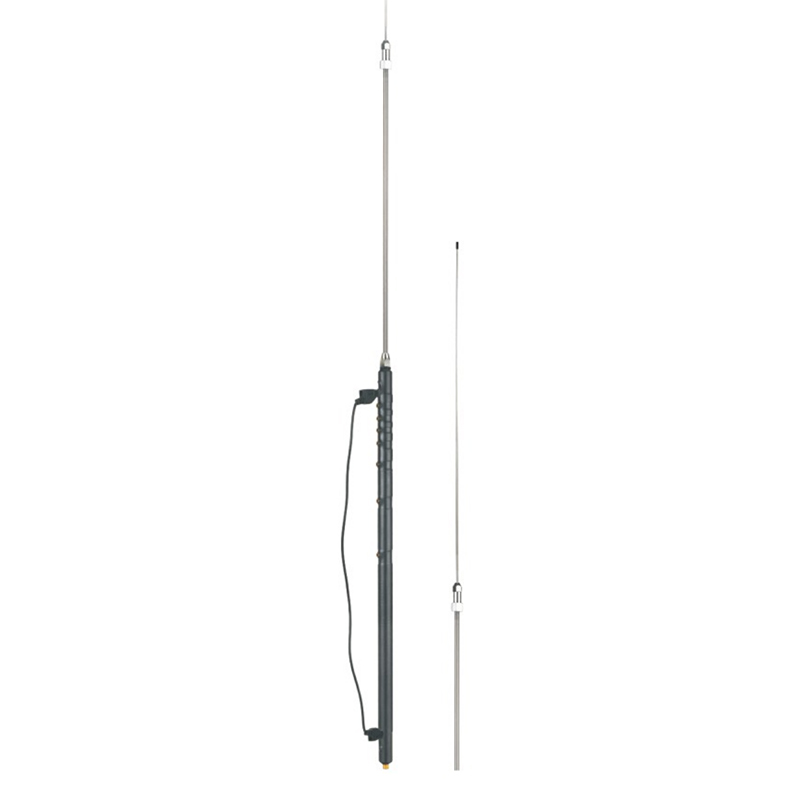
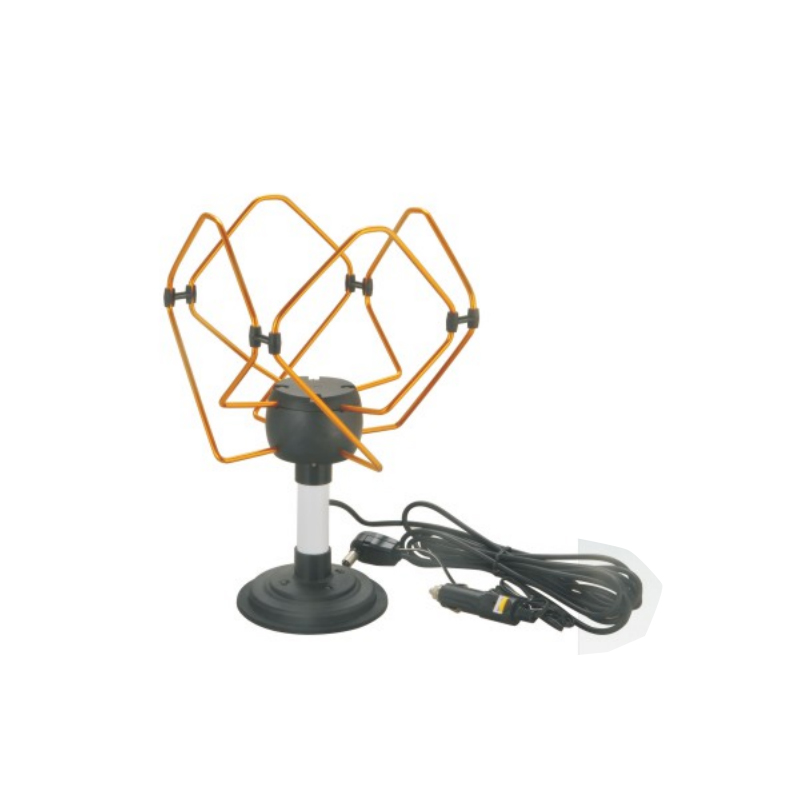

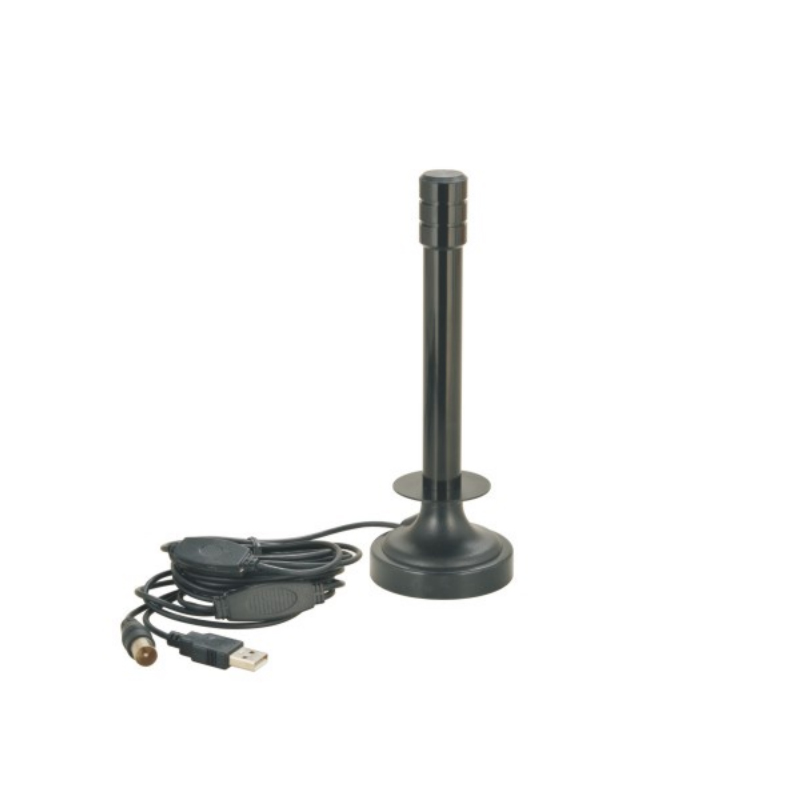
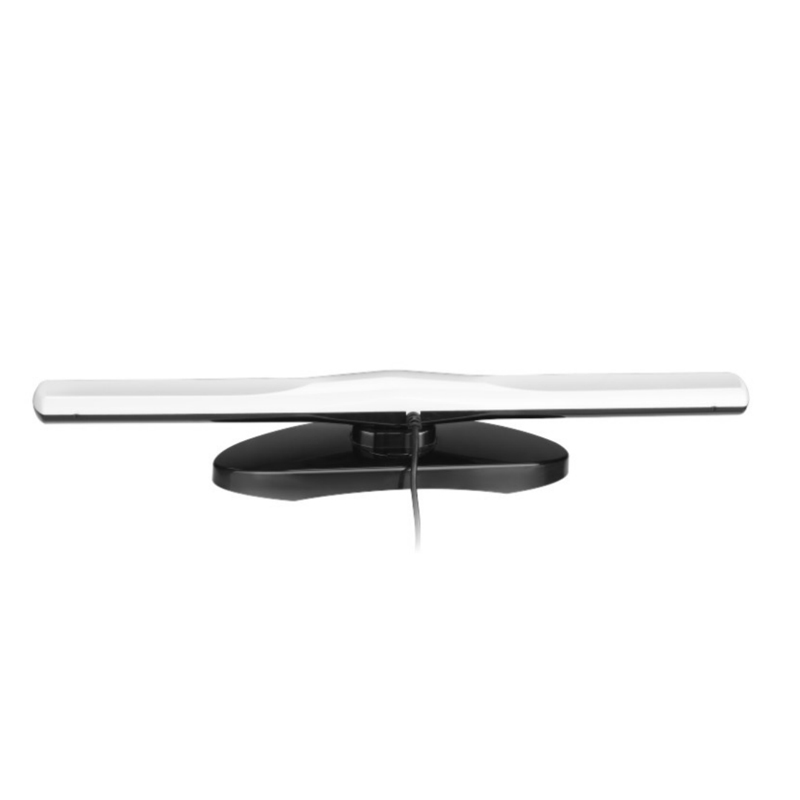
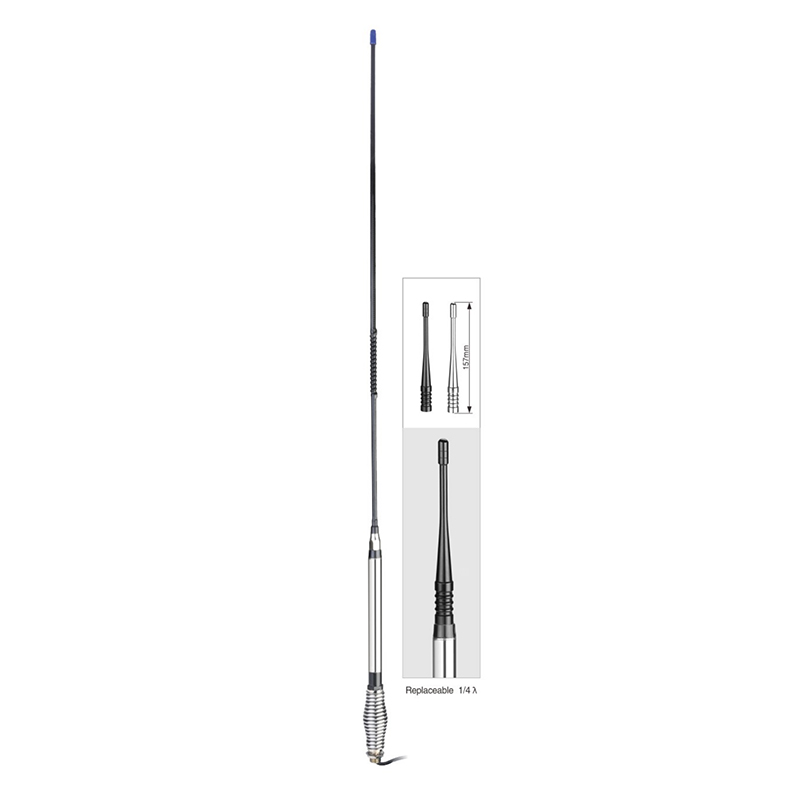

Contact Us